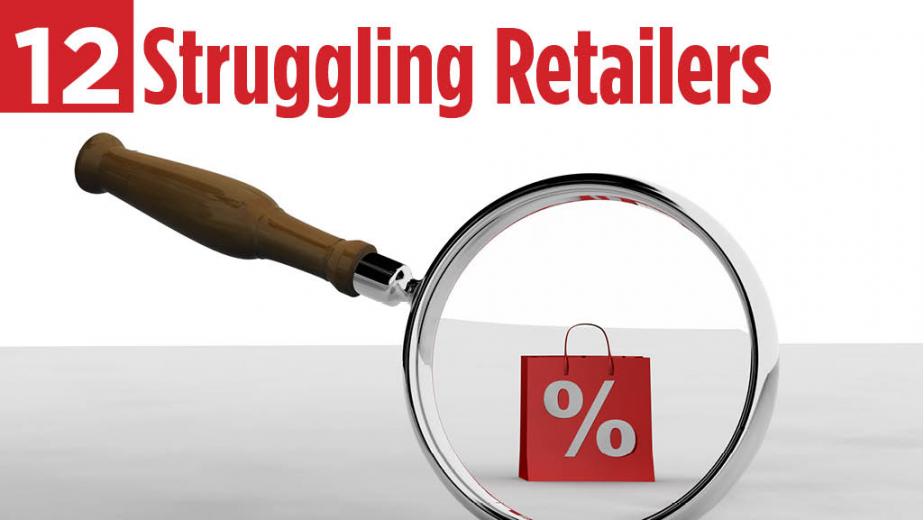1 13
1 13
Retail real estate experts continue to insist that e-commerce is more of an opportunity than a threat to bricks-and-mortar retailing, bolstering marketing outreach and customer engagement. On the surface it may seem that retailers’ fear of e-commerce competition has passed. For example, Simon Property Group (the country’s top retail center owner) recently released a report arguing that “mall shopping has a smaller environmental impact compared to online shopping” and cited the following statistics:
- Online shopping has an environmental impact that is 7 percent greater than mall shopping if shoppers bought the same number of products in at a mall as they did in an online store;
- Thirty three percent of online purchases are returned versus 7 percent of bricks-and-mortar purchases;
- Physical retail generates five times more jobs than online shopping for the same value of sales.
So why have so many physical retailers been closing up shop? Retailers are pouring “huge investments” into e-commerce, determining their physical stores are too big to sustain, according to Howard Davidowitz, chairman of Davidowitz & Associates, Inc., a national retail consulting and investment banking firm headquartered in New York.
“E-commerce is growing 12-13 percent per year, physical stores 2-3 percent per year, meaning there are less available dollars for physical retailers. That’s why we have store closures,” says Neil Stern, senior partner at retail consulting firm McMillan Doolittle.
In addition, while consumer confidence started to increase in the past few years, consumers’ willingness and ability to spend on discretionary purchases may not have had enough time to offset all the damage done by the Great Recession.
Here, we look at some retail chains that continue to struggle and may or may not survive long-term.
After struggling with a high debt load, Brookstone filed for bankruptcy in 2014. It was purchased by Chinese investors in June 2014 and restructured. But the retailer might be on the upswing, as in 2016, it expanded globally by opening three stores in China. Brookstone will not try to increase the number of stores in the US., Stern says. Brookstone will focus on growing internationally.
In 2015 the electronics retailer announced it was readying to close 1,784 of its 5,000 locations. Now, the chain’s continual struggle to stay afloat is becoming a bit of old news.
After a high-profile $3 billion private equity buyout in 2011, J.Crew is now $2.1 billion in debt and closing its namesake stores with little notice (the company continues to open more locations of its discount spin-off J.Crew Factory and its secondary brand Madewell). This dichotomy in the performance of the three concepts might reflect the general trend of increasing investment in discount retail as mid-market retailers continue to struggle. J.Crew’s management might have exacerbated the problem by drastically increasing prices on the chain’s merchandise, a strategy that has been publicly criticized.
Abercrombie & Fitch is slated to close about 60 stores per year as it puts more focus on its e-commerce division. This chain is “closing a lot of stores,” Stern says “but it looks like they had a strong quarter. If it stabilizes, hopefully that means fewer closures.”
Quiznos filed for Chapter 11 bankruptcy last year and closed more than 300 stores in the United States. It is also closing locations internationally. Nation’s Restaurant News notes the chain has fewer than 1000 locations operating in the U.S., down from 5,000 in 2006.
Sports Authority filed for Chapter 11 bankruptcy in early March and announced it would close almost one third of its 450 stores, for a total of 140 closings. It has reportedly hired liquidators to initiate store closings. There is lots of speculation about the company’s future, Stern says. Sports Authority could keep its remaining stores running independently, it could get acquired (possibly by Dick’s Sporting Goods), or it could fail to get financing and go out of business.
Being purchased by rival Men’s Wearhouse did not help Jos. A. Bank compete in the new marketplace. In 2015, it lost $1 billion. The chain will close 250 stores this year, Stern says.
As Staples & Office Depot struggle to get their $6.3 billion merger approved by the FTC, the chains have been facing some challenges. Staples closed 242 stores between 2014 and 2015, and just announced further store closures, a total of 50 planned for 2016. Office Depot shuttered 56 stores in the fourth quarter of 2015 alone, and is also planning 50 closings for 2016. As for the merger, our sources agree with the general market sentiment that FTC won’t approve it. But whether or not the deal goes through, the prediction is for more store closings for both chains.
In 2014, Aeropostale announced it would close 175 stores in the years ahead. The company’s stock is currently trading at less than 50 cents per share, according to CNBC. Aeropostale is one of “the worst” retail chains in terms of current performance according to Davidowitz. Stern also notes that Aeropostale is “really struggling” and facing a long-term survivability question.
Between January 2011 and September 2015, PacSun closed over 250 stores, dropping from 873 to 609 locations. NASDAQ threatened to delist the company in 2015. USA Today called it a brand that will disappear in 2016.

